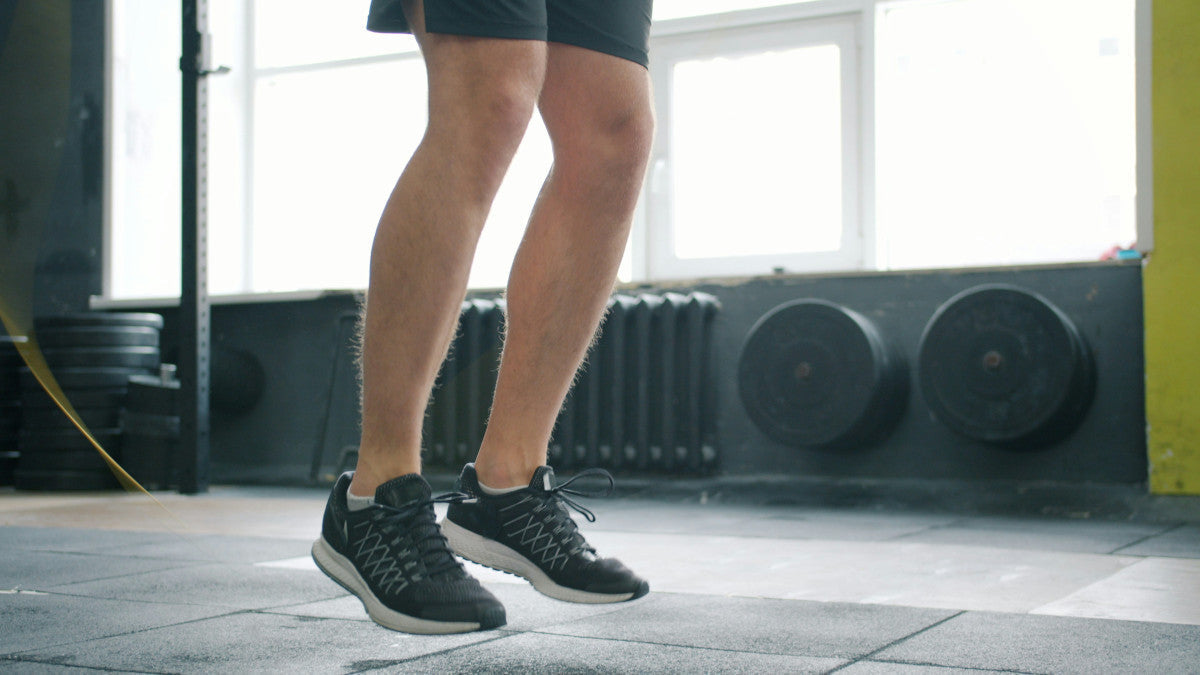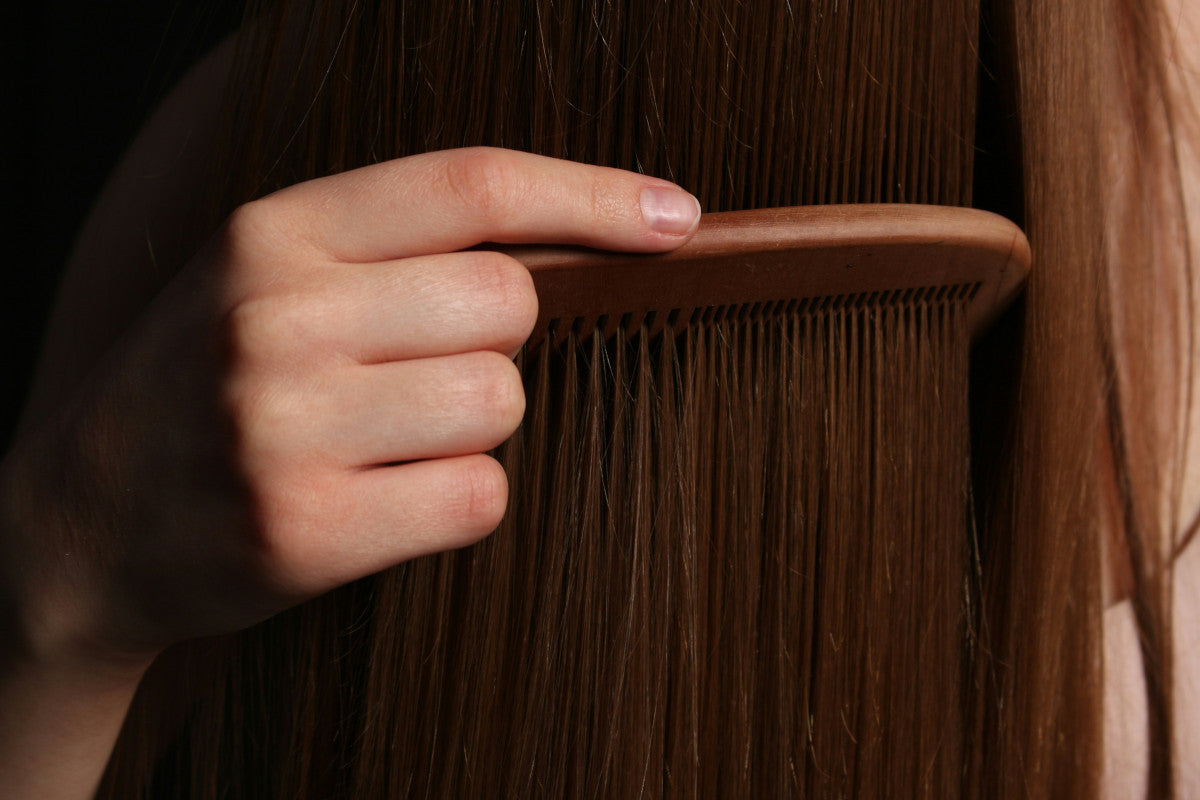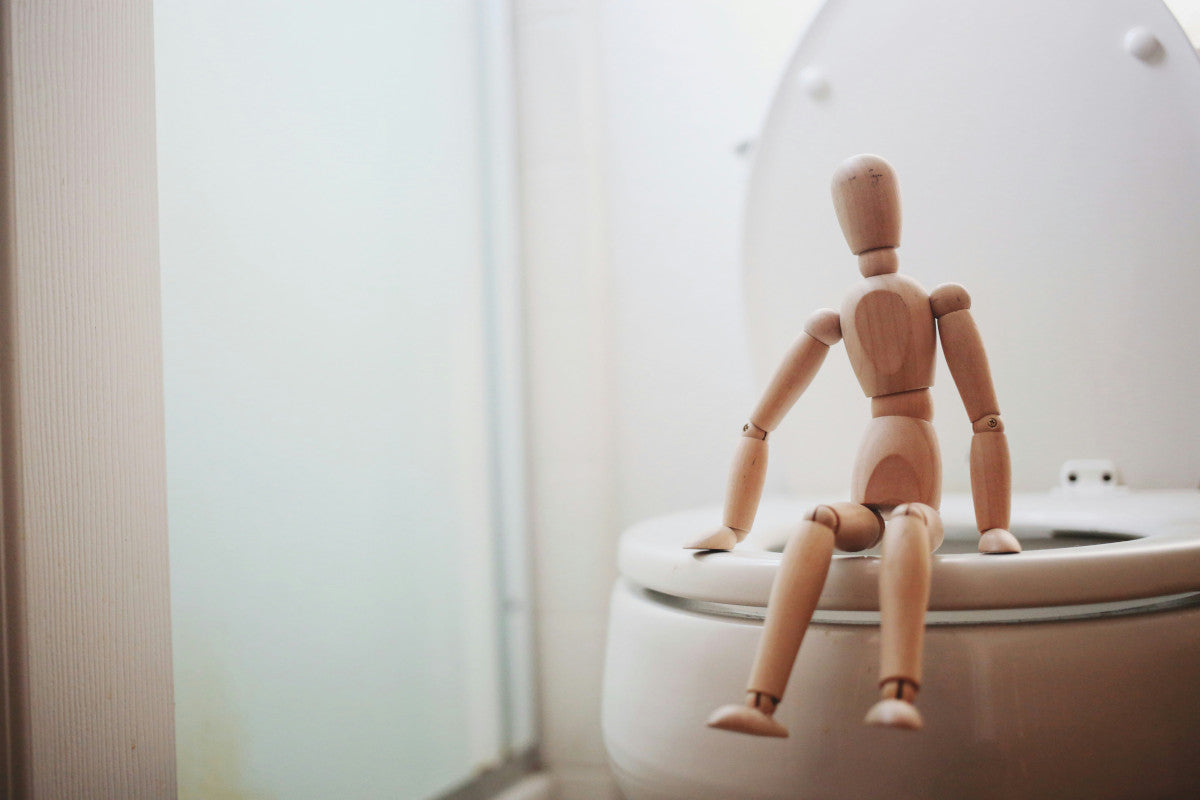
GLP-1 Muscle Loss: Why Does GLP-1 Cause Muscle Loss?
Most people are excited to start losing weight on GLP-1 drugs such as Ozempic, Wegovy, and Mounjaro - until they realize that it’s not only fat melting away. GLP-1 muscle loss is incredibly common...

GLP-1 Hair Loss: Does GLP-1 Cause Hair Loss?
There’s no denying the rapid weight loss results GLP-1 drugs can produce, be it Byetta vs Ozempic, Wegovy, or anything in between. But you have to think about whether or not the side effects are w...

Wegovy vs Mounjaro: Is Mounjaro Better Than Wegovy?
Losing weight shouldn’t feel like a full-time job. Medications like Wegovy vs Mounjaro have caught the world’s attention because they help quiet constant hunger, stabilize energy, and make lasting...

Zepbound vs Wegovy: What is the Difference and Which is Better?
Whether you’ve tried Ozempic and found it wasn’t for you or you’re just exploring your options before getting started, Zepbound and Wegovy are two popular weight management drugs you have at your ...

How to Qualify for GLP-1 Medication
It’s impossible to ignore the results people are getting from GLP-1 drugs like Ozempic, Wegovy, and Mounjaro - among many other brand-name medications. You might be hoping to join the movement and...

Constipation is among the most frustrating side effects people experience on GLP-1 medications. What starts as mild bloating or irregularity can turn into days of sluggish digestion, cramping, and...

GLP-1 Fatigue: Why Does GLP-1 Cause Fatigue and How Can You Manage it?
GLP-1 drugs like Ozempic, Wegovy, and many others have soared in popularity - first as a treatment for diabetes, and more recently, as an easy way to manage weight. But it’s no secret they come wi...

Tirzepatide vs Ozempic: The Difference Between Ozempic and Tirzepatide
Ozempic and tirzepatide are two leading GLP-1 medications. Tirzepatide is the brand name for Mounjaro and Zepbound. Choosing between tirzepatide vs Ozempic is usually one of the first things peopl...

Is Wegovy the same as Ozempic? In the Wegovy vs Ozempic debate, which one is better? These brand-name semaglutide injections were once used mostly as a diabetes treatment. Today, though, semagluti...
These are expert opinions on lifestyle from professionals who are board-certified physicians, registered dieticians, or healthcare professionals. This content does not represent any medical advice for prevention or treatment of any medical diseases.